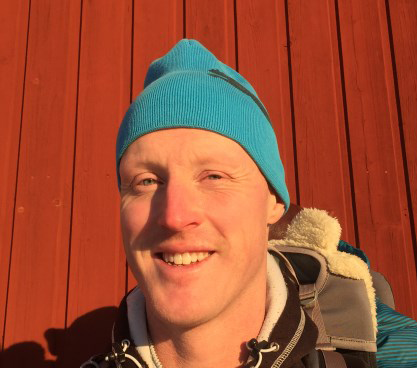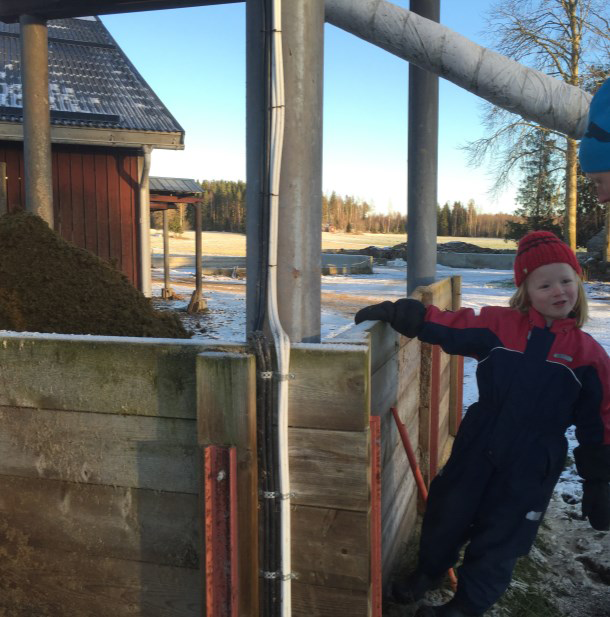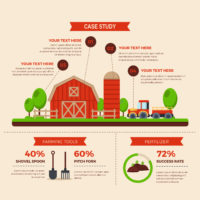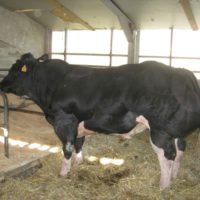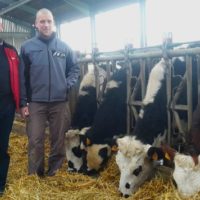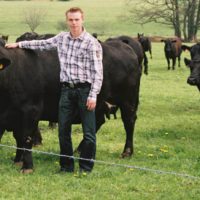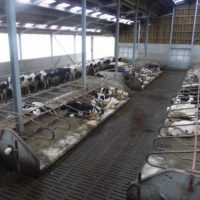Description
Nitrogen saved by thinning slurry and spreading with drag hoses
For over 15 years, this farm has used equipment for better use of slurry. There is just a short period for slurry applica-tion in spring. After the ground frost, there is little time before the ley grows too high. Drag hose slurry spreading equipment is low-weight and can be used in spring when the ground cannot carry a larger machine. This method re-sults in two more weeks for slurry spreading in spring. Almost 2 km can be reached with the equipment, which can apply 100 ton per hour. Less soil compaction gives higher yield as a bonus.
Slurry application in spring gives less losses as gas or leaks and thus more crop-available nitrogen. In order to be pumpable, the slurry has to have a low dry matter content. This results in better N use efficiency, as the slurry rapidly comes into con-tact with soil. After some time the farm gave up purchasing mineral nitrogen and has now con-verted to organic production. Separating manure makes the slurry thin enough. The solid phase is used as bedding in houses. Separation is carried out every day except for a few too cold days of the year. This gives large savings on bedding material.
Reason for the innovation
Wanted better use of slurry and likes testing new methods
Drag hose slurry spreading equipment has been used since 2000. At first the slurry was too thick and was diluted with water. A slurry separator was a better solution after a couple of years. Leaking connections between hoses were initially a problem, but now the equipment provides smooth operation.
Farm description
Environment
- Soil types: Sandy loam, silt loam and peat soils
- Climate: Cool continental climate
- Altitude: 30 m a.s.l
- Slope: 0 %
- The farm is situated in Västerbotten, north-east Sweden.
Grassland management
- Grazing: Yes
- Temporary grassland based on red clover, white clover, timothy and fescue.
- Harvests ley in cooperation with three farms. Own forage harvester. Drag hose slurry spreading on land close to the farmhouse and spreading by contractor on distant fields.
Structure
- Annual Work Unit: 5.5
- Organic production since 2017
- 354 ha agricultural area
- 155 ha temporary grassland area for cutting
- 45 ha temporary grassland area for grazing
- Barley and oats for combine harvesting and whole-crop wheat/lupine are grown.
Animal performance
- 185 dairy cows (Swedish Red, Holstein and cross breeds), producing 10,000 kg milk in carousel milking.
Why it is working
Drag hose spreading of slurry performs best on large and well situated fields. This farm has gradually improved the system with a satellite slurry reservoir and ducts under roads where the hose passes through. The driver has to maintain concentration in order to safely handle the monotonous work and slow driving. The benefit lies in an extended period for slurry spreading under optimal conditions. On this farm, spring application was made possible.
